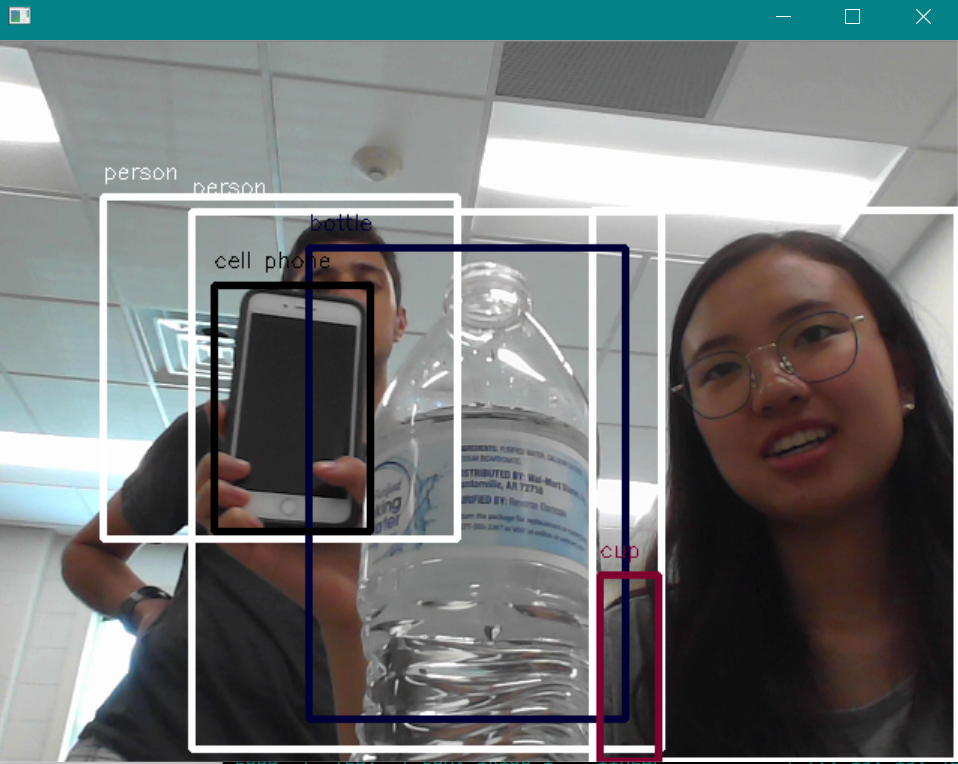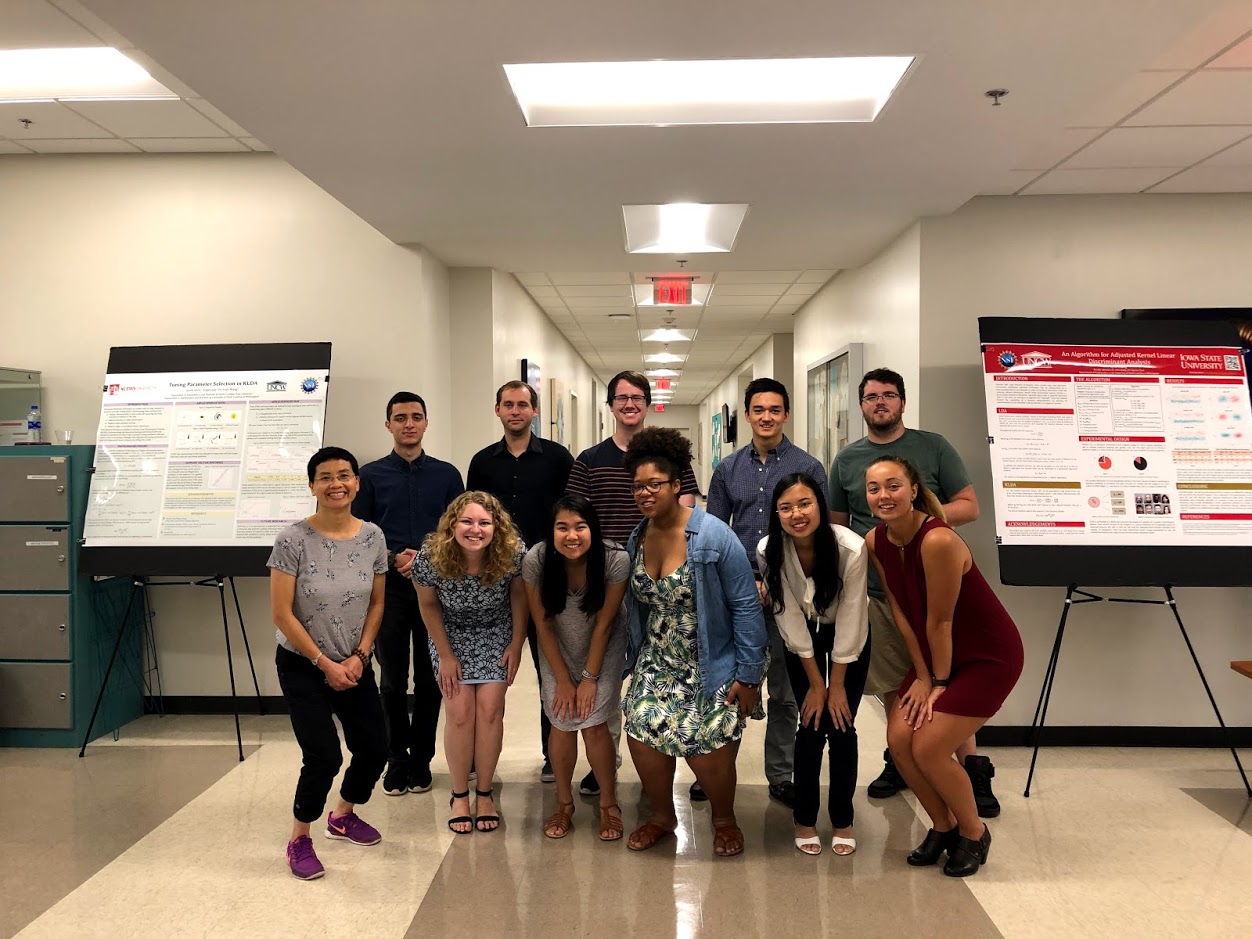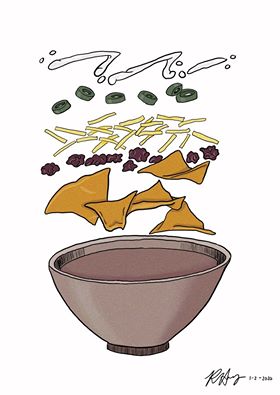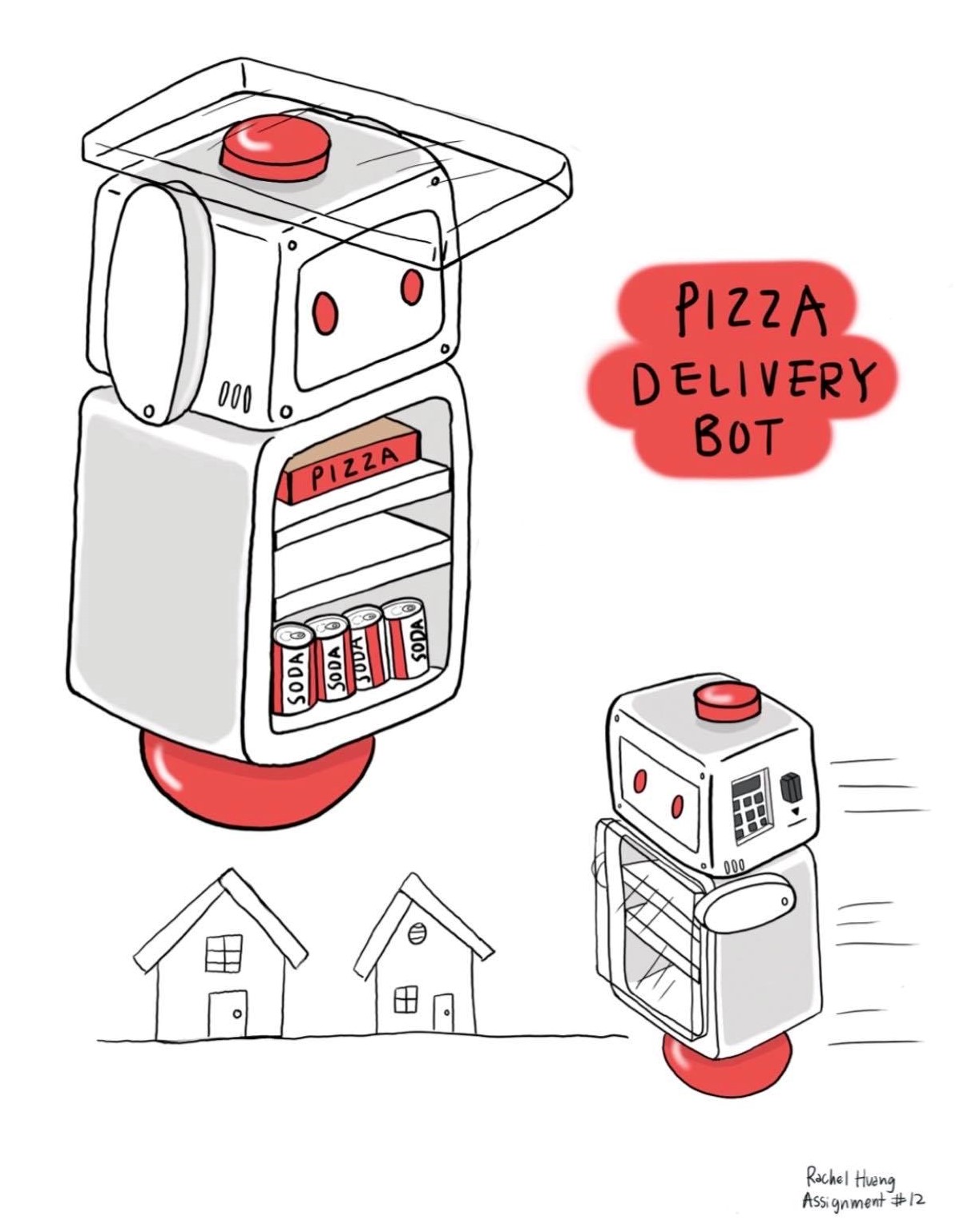Introduction
Welcome to my personal website! I am currently an undergraduate fourth year student at Georgia Institute of Technoloy studying Computer Engineering and Industrial Design. I enjoy coding and am currently learning about computer vision. I recently spent the summer participating in a National Science Foundation program doing a web implementation of a real-time object detection model called YOLO-LITE. For more information, check out the link below:
YOLO-LITE website

 My dog, Rain, after being classified by our YOLO-LITE model.
My dog, Rain, after being classified by our YOLO-LITE model.




